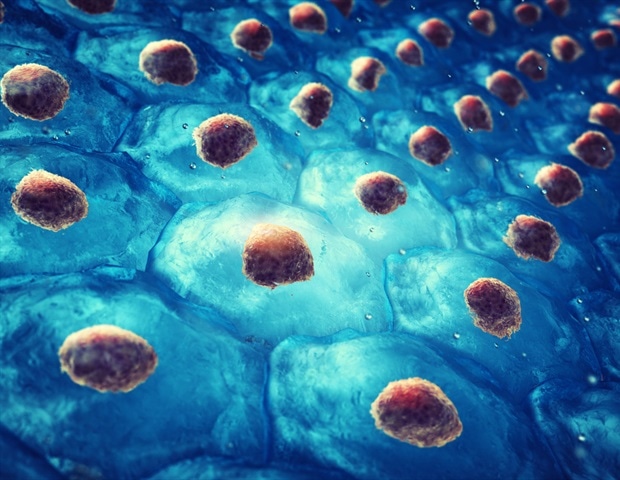Why is there such a variance in Team Tokyo's estimated timeline? In the email he says 10 - 2010 years  but in the attachment he says they hope to start clinical trials in 3 - 5 years and have a commercial product WITHIN 10 years. I know that they don't want to over promise and under 10 years would be a 'best possible' but it's just such a big difference. If it'd be here by like 2020 I could cope with that but 2032!?
but in the attachment he says they hope to start clinical trials in 3 - 5 years and have a commercial product WITHIN 10 years. I know that they don't want to over promise and under 10 years would be a 'best possible' but it's just such a big difference. If it'd be here by like 2020 I could cope with that but 2032!?
 but in the attachment he says they hope to start clinical trials in 3 - 5 years and have a commercial product WITHIN 10 years. I know that they don't want to over promise and under 10 years would be a 'best possible' but it's just such a big difference. If it'd be here by like 2020 I could cope with that but 2032!?
but in the attachment he says they hope to start clinical trials in 3 - 5 years and have a commercial product WITHIN 10 years. I know that they don't want to over promise and under 10 years would be a 'best possible' but it's just such a big difference. If it'd be here by like 2020 I could cope with that but 2032!?






Comment